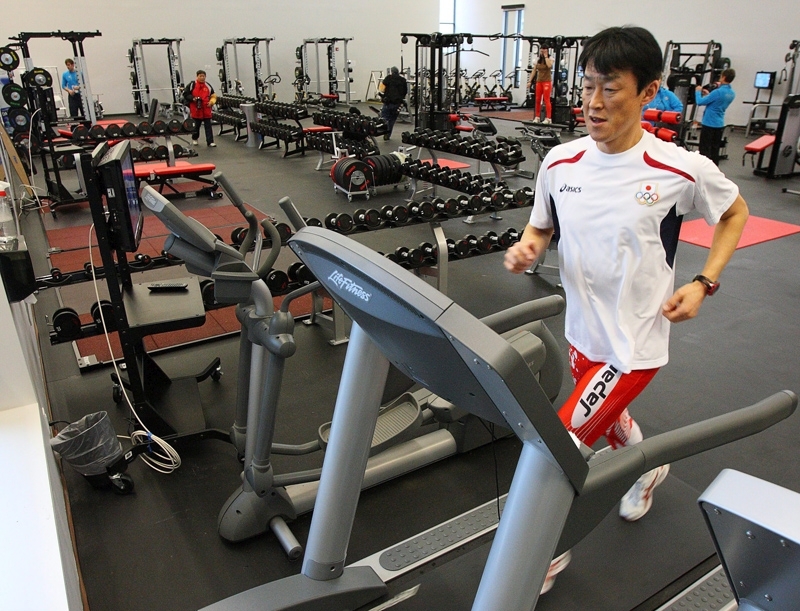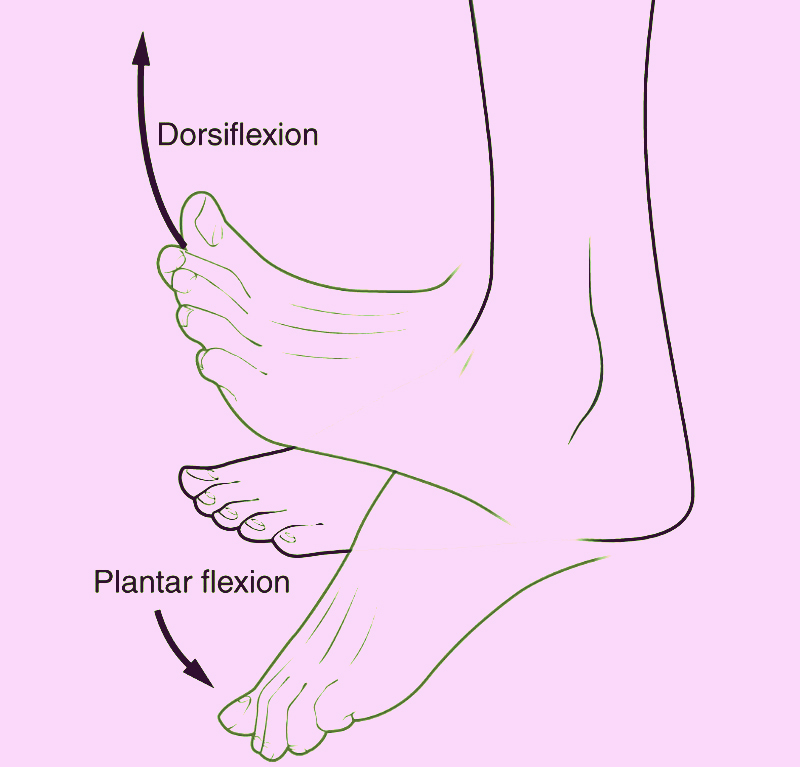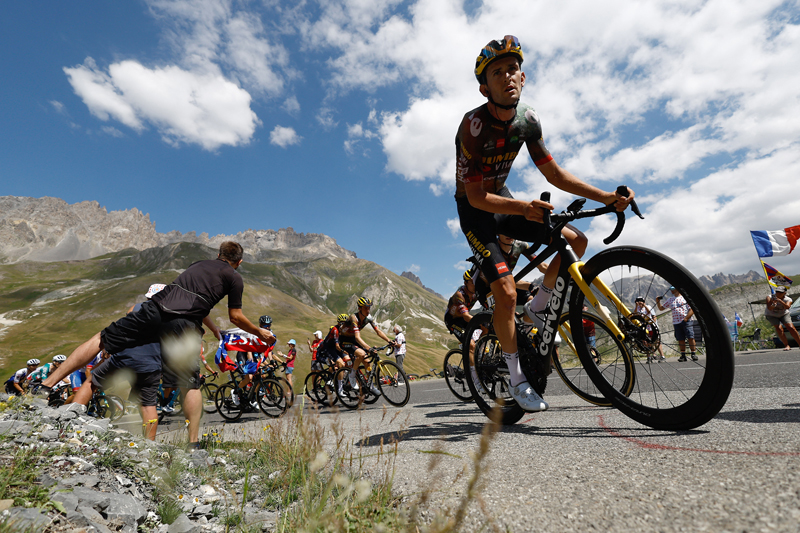You are viewing 1 of your 1 free articles. For unlimited access take a risk-free trial
Treadmill training: yes or no for outdoors performance?
Can runners substitute outdoors training for treadmill sessions and expect the same results? Andrew Sheaff looks at new research
Since its introduction to the fitness and sports performance world, treadmills have played an important part in athlete preparation In addition, many fitness-motivated individuals spend a significant amount of time on treadmills, whether they’re seriously training for sport or not. In spite of the treadmill’s widespread mainstream acceptance, not everyone is a fan of using treadmills to improve performance. Many coaches and athletes have openly questioned the use of treadmills, observing that significant differences must exist when the ground is moving under the athlete compared to when the athlete is moving over the ground. They express legitimate concerns that any improvements gained from running on a treadmill may not transfer to competitive performance, therefore wasting valuable training time and energy.
Why treadmills matter
Although concerns about treadmill training transfer may have some validity, even if athletes want to avoid using treadmills, many are forced to do so for any number of reasons. Some need access to a flat running surface in an otherwise extremely hilly environment. Conversely, some need access to hill training when they’re living somewhere that is flat as a pancake. Further, it can be tough to conduct a solid interval session in the middle of a major city while constantly having to stop for traffic or pedestrians. It’s also hard to conduct quality sessions in the rain or the cold - particularly relevant for those living in the northern hemisphere as temperatures begin to drop.
If treadmills are going to be part of the training program whether desired or not, it makes sense to get a better understanding of the extent to which running on a treadmill is similar to overground running. If the two modes of exercise are quite similar, it gives many hard training athletes peace of mind knowing that their hard work will move them closer to their goals. And if there are any differences, that too is valuable information as it provides the opportunity to make any appropriate adjustments to ensure improved performance. So what does the research say?
New findings
To provide more insight into the relative similarity/differences of overground and treadmill running, a collaborative investigation performed by Turkish and American researchers examined the differences that may be present between the two modes of locomotion(1). Thirteen recreationally active runners ran in a number of different conditions:
- The subjects ran overground and on a treadmill.
- In both cases, they ran at different gradients - 0%, 1%, and 2%.
- In addition, all the above tests were conducted two different speeds - 2.92 meters/second and 4.58 meters/second, running for 1 minute in all conditions.
During all the trials, the muscle activity of the major muscles of the leg was measured. Specifically this involved the knee flexors and knee extensors (hamstrings and quads), plantar flexors and dorsiflexors (key muscles controlling foot pointing/flexing motion – see figure 1) and muscles controlling lateral ankle stability. These results were then compared to determine any differences between treadmill and overground running.
Figure 1: Plantar flexion and dorsiflexion
What they found
When the results were analyzed, it was found that muscular activity was similar when running overground and on a treadmill across all conditions. However, the muscle activity was most similar for the thigh muscles at a grade of 1% and for the ankle stabilizing muscles at a grade of 2%. Put simply, athletes performing training sessions on treadmills can rest assured that they are using their running muscles in a similar manner as to when running overground as they normally would.
Interestingly, stride time was more variable during overground running as compared to running on a treadmill. This finding is intuitive to anyone that has spent time on a treadmill, as any misstep or adjustment in stride can be quite jarring, discouraging variation in stride parameters. In contrast, when running overground, these variations are handled relatively seamlessly as there is no pressure to conform to a pre-determined belt speed. This has potential implications for training decisions as we’ll explore below.
Getting practical
For most athletes, whether they like it or not, they’ll be spending some time on the treadmill, especially as temperatures get colder. While it’s pretty obvious that running on treadmill is not exactly the same as running overground, it appears that those differences are much smaller than one would expect, at least when it comes to activation of the key muscles involved in running. If you plan to race or compete overground, it makes sense to ensure that you’re training overground with some regularity. However, when that’s not possible or feasible, be assured that training on a treadmill is still bringing your closer to your goals.
It’s important to note that running on a treadmill wasn’t identical to running overground, and these differences should be considered when performing a large amount of running on the treadmill. The study demonstrated that muscle activation of the thigh muscles was most similar to overground running at a grade of 1%. As such, it makes sense to perform at least some of your treadmill work with a 1% gradient. Likewise, muscle activation of the ankle muscles was most similar to overground running at a grade of 2%. To ensure appropriate muscle activation of these muscles, a portion of the training volume should be performed with a 2% gradient as well.
The researchers also found that variation for stride time was significantly large when running overground, particularly at higher speeds. This makes sense, as the treadmill tends to lock you into a more rigid striding pattern. However, having some variability in the stride is beneficial for both health and performance. If you’re going to perform a significant amount of work on a treadmill, consider changing your running speed with some regularity during the course of a training session. These can and should be small changes, with the idea being to promote greater variability in the striding pattern, which will likely help you avoid loading the exact same tissues in the exact same way, which in turn can help you avoid unnecessary injuries.
When performing the occasional training session on a treadmill however, you shouldn’t sweat these details. But if treadmill running is going to comprise a large part of your training load, these are adjustments well worth making. Rest assured that treadmill training is a productive component of any training program, and with some carefully applied adjustments, it can be even more productive.
References
- Med Sci Sports Exerc. 2022 Oct 14. doi: 10.1249/MSS.0000000000003055. Online ahead of print.
Newsletter Sign Up
Testimonials
Dr. Alexandra Fandetti-Robin, Back & Body Chiropractic
Elspeth Cowell MSCh DpodM SRCh HCPC reg
William Hunter, Nuffield Health
Newsletter Sign Up
Coaches Testimonials
Dr. Alexandra Fandetti-Robin, Back & Body Chiropractic
Elspeth Cowell MSCh DpodM SRCh HCPC reg
William Hunter, Nuffield Health
Keep up with latest sports science research and apply it to maximize performance
Today you have the chance to join a group of athletes, and sports coaches/trainers who all have something special in common...
They use the latest research to improve performance for themselves and their clients - both athletes and sports teams - with help from global specialists in the fields of sports science, sports medicine and sports psychology.
They do this by reading Sports Performance Bulletin, an easy-to-digest but serious-minded journal dedicated to high performance sports. SPB offers a wealth of information and insight into the latest research, in an easily-accessible and understood format, along with a wealth of practical recommendations.
*includes 3 coaching manuals
Get Inspired
All the latest techniques and approaches
Sports Performance Bulletin helps dedicated endurance athletes improve their performance. Sense-checking the latest sports science research, and sourcing evidence and case studies to support findings, Sports Performance Bulletin turns proven insights into easily digestible practical advice. Supporting athletes, coaches and professionals who wish to ensure their guidance and programmes are kept right up to date and based on credible science.











